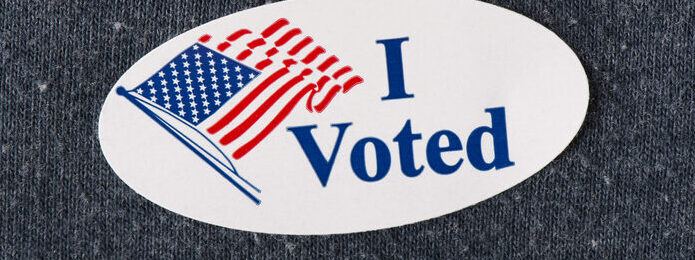Poverty affects all of us. In the United States, 37.9 million people live in poverty and many more struggle to make ends meet even if their income is technically above the poverty line. When so many people are in survival mode, we miss out on innovation, thriving communities, and a better overall standard of living across the country. Income inequality also erodes the “American dream” – the idea that hard work will lead to success – and instead, the families and places that people are born into become the strongest predictors of who will succeed.
Poverty should be part of every candidate’s platform this election year. The 2024 election is an important opportunity to consider how our society addresses poverty and related issues, from the national to the local level.
As a public institution and nonprofit, Poverty Solutions at the University of Michigan is a non-partisan entity. Our goal is to provide Michigan voters with reliable information on poverty issues, so they can better engage with policymakers, candidates, and each other to advance the prevention and alleviation of poverty.
Click on a tab below to view research findings and questions for candidates related to poverty, homelessness, affordable housing, and child care. If you use these guides, please let us know about your experience.

